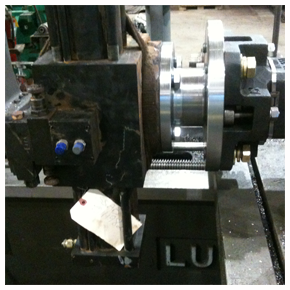When it comes to protection from radiation, lead is still considered the most effective option for most applications. The thickness of the lead shielding that is used in x-ray facilities or rooms is typically much less than other types of industrial or even research applications where radiation is in use.
Getting the correct thickness of x-ray lead shields for walls, ceiling, and the floor, will always be the most essential consideration. There are also specialized lead glass products and lead lined plywood or gypsum that can be used to create rooms, spaces or areas to protect people or equipment in areas where radiation is in use.
Thickness Options
The weight of lead makes it important to avoid using too thick of any type of x-ray lead shields for containing radiation in an area. This is particularly relevant on walls and ceilings where gravity will be a force to consider.
It is possible to find lead shielding that is as thin as 1/32nd of an inch. This is often used where there is limited radiation in settings such as dental offices or simple radiation rooms in medical clinics and offices.
The next standard size will be 1/16th of an inch followed by 1/8th of an inch. Keep in mind, for a standard 49X96 rolled sheet of 1/32 lead sheet the weight is 61 pounds while the same size of sheet in the 1/8th of an inch thickness will be 245 pounds.
There are some companies that produce custom x-ray lead shields. These companies can create shielding as thin as 0.015 inches to as thick as a full 5 inches, allowing for shielding even with extreme radiation concerns or for containment of radioactive materials.
Always consult with the required codes and regulations with regards to the thickness of lead shield that must be used in a given application. When using custom thicknesses, consult with engineer and design teams to match the required protection to the lead sheet ordered.


